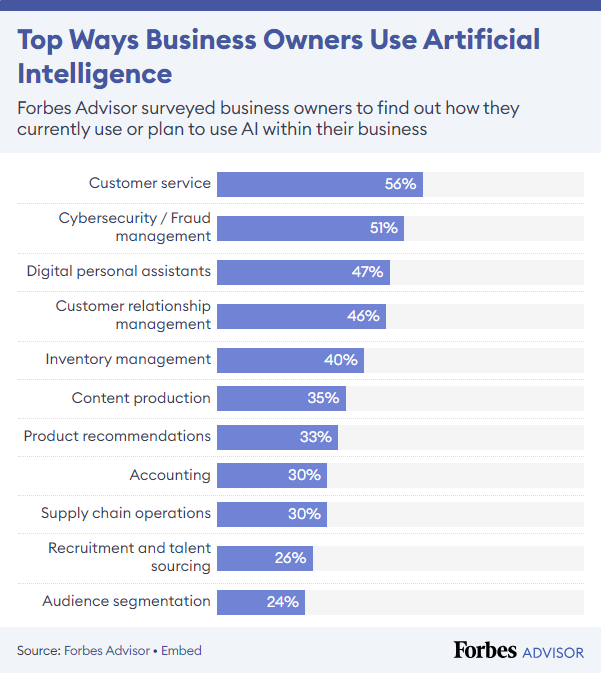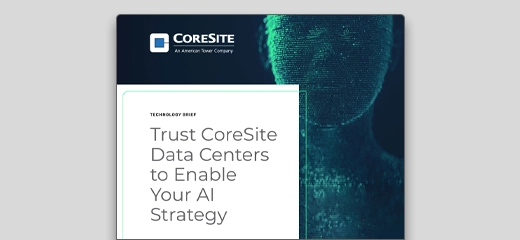
Don’t Underestimate the Strength of Weak AI
Whether you are aware of it or not, you experience artificial intelligence almost every day. Most likely, it’s Weak AI (also called Narrow AI). For example, if you use a virtual assistant technology such as Siri or Alexa that you access through a smart device, you are tapping into Weak AI. Does your phone prompt you with a time and distance home message when you start the car? Weak AI.
Even though this flavor of AI is called weak, don’t underestimate its power. The reason we refer to it as “narrow AI” is that the algorithm is trained for a single task – like enhancing image analysis in radiology: narrow in its scope but quite strong in its skill.
Currently, AI is estimated to contribute $15.7 trillion to the global economy and give a 26%+ boost in GDP for local economies by 2030.1 From healthcare to finance, to manufacturing and even simply ordering a pizza with your phone, AI is influencing every aspect of our lives. As we stand at the onset of this innovation, we wonder: How will businesses begin to unlock AI’s immense potential?
That begins with understanding what AI is and how it can be of value to business now as well as in the future.
Types of Artificial Intelligence
The purpose of AI is to create intelligent systems to solve complex problems, improve efficiencies and drive innovation by automating tasks, analyzing vast amounts of data and providing inferences.
Disruptive technologies take time and iteration to evolve into highly valuable tools. AI is no stranger to this progression, and can be broadly classified based on its capabilities:
- Narrow AI (Weak AI) is the most basic type of AI available. Narrow AI workloads are trained to perform a single or limited range of tasks using a set of pre-defined rules and parameters; human-level reasoning is not part of weak AI.
- General AI (Strong AI) performs a wide variety of tasks with human-like capabilities. It can reason, problem-solve and adapt without being programmed for specific tasks. Training AI algorithms is a big part of developing General AI.
- Superintelligent AI would surpass human intelligence by not only processing human-like cognitive skills but also the ability to think. Superintelligent AI is hypothetical, as IBM explains, and is the focus of ethical issues and other concerns.
IBM’s Deep Blue supercomputer is a good example of early weak AI. Deep Blue famously defeated world chess champion Garry Kasparov in a six-game match in the 1997. Purpose-built to evaluate 200 million chess positions per second, it went on to achieve something no machine had done before.2 But Deep Blue can’t bridge its experience onto a real battlefield. That’s the difference between weak and strong AI. While weak AI automates tasks more efficiently, strong AI functions more like a person.

How business owners currently use or plan to use AI.3
How Businesses Are Using Weak AI
Generative AI has the spotlight today, but AI is already integrated into our daily lives. Almost without being noticed, it enhances our efficiency and experiences. Despite its invisibility, weak AI is a valuable and powerful resource for expanding businesses. In general, AI can transform and shape the competitive landscape while positively impacting various aspects of business.
For businesses, its not just about improving the experience of their consumers, its also about improving operations, saving time and decreasing costs. Weak AI can allow the business to become nimbler and more productive and spur revenue growth.
Notable use cases for these AI initiatives include:
- Voice assistants, chatbots and conversational AI to reduce the load on support and customer service representatives.
- Personalization and recommendation engines to ensure apps and services are served up tailored to a user’s unique interests and past digital behavior.
- Financial reporting, accounting and fraud detection to streamline and reduce errors when it comes to taxes, accounting, cashflow and ledgers.
- Predictive maintenance and analytics to anticipate likely outcomes, for example if a machine may fail or when maintenance is required.
- Process automation by reducing time-consuming manual efforts that are often prone to human error, such as appointment scheduling and data entry.
- Uptime optimization to ensure e-commerce and web services are reliable and identifying potential issues before they disrupt availability.
Who would have thought, even 10 years ago, that technology could be this intelligent? This extensive? Or even be woven into our lives in such a significant way?
Weak AI Business Integration
Most businesses desire to tap into the power of AI. However, according to a Forbes Advisor survey, while 97% of respondents say the urgency to use AI has ramped up in the last six months, only 14% feel fully prepared to implement it.4 Despite the mounting benefits of AI, businesses lack the infrastructure, talent and data to do so.
There are options, specifically colocation in a CoreSite data center. Data centers provide critical infrastructure and the environment for power-intensive AI applications. To accommodate increasing demands, data centers evolve by scaling space, improving distribution systems and enhancing energy efficiencies. On-premises, private data centers often simply can’t scale or provide the data transport capacity needed. In addition, these AI-ready data centers offer a location supporting advanced computing, robust connectivity and secure data storage essential for handling AI workloads.
Much like factories powered during the Industrial Revolution, data centers are the foundational enablers of technological advancement and innovation. Finding the right provider can guide businesses through this rapidly changing era.

Know More
Contact us to find out how CoreSite’s AI-ready data centers can streamline your operations and drive a competitive edge in your AI strategies.
Get a head start on that meeting by downloading our AI-focused white paper describing how CoreSite data centers accelerate AI integration.
References
1. Sizing the prize (PwC)
2. Deep blue (IBM)
3. How businesses are using artificial intelligence in 2024 (Forbes)
4. Every company has an AI strategy now. Almost no one’s ready to implement it (FastCompany)










